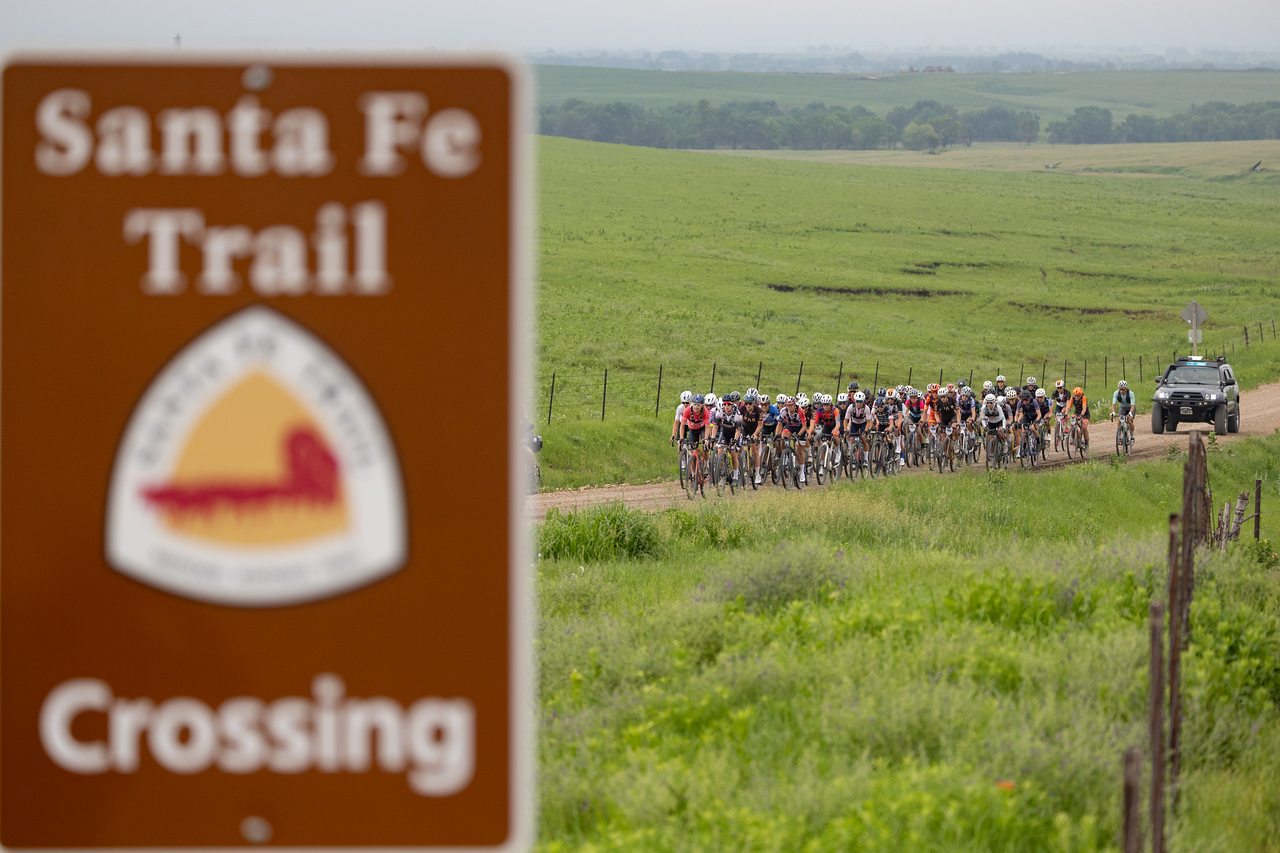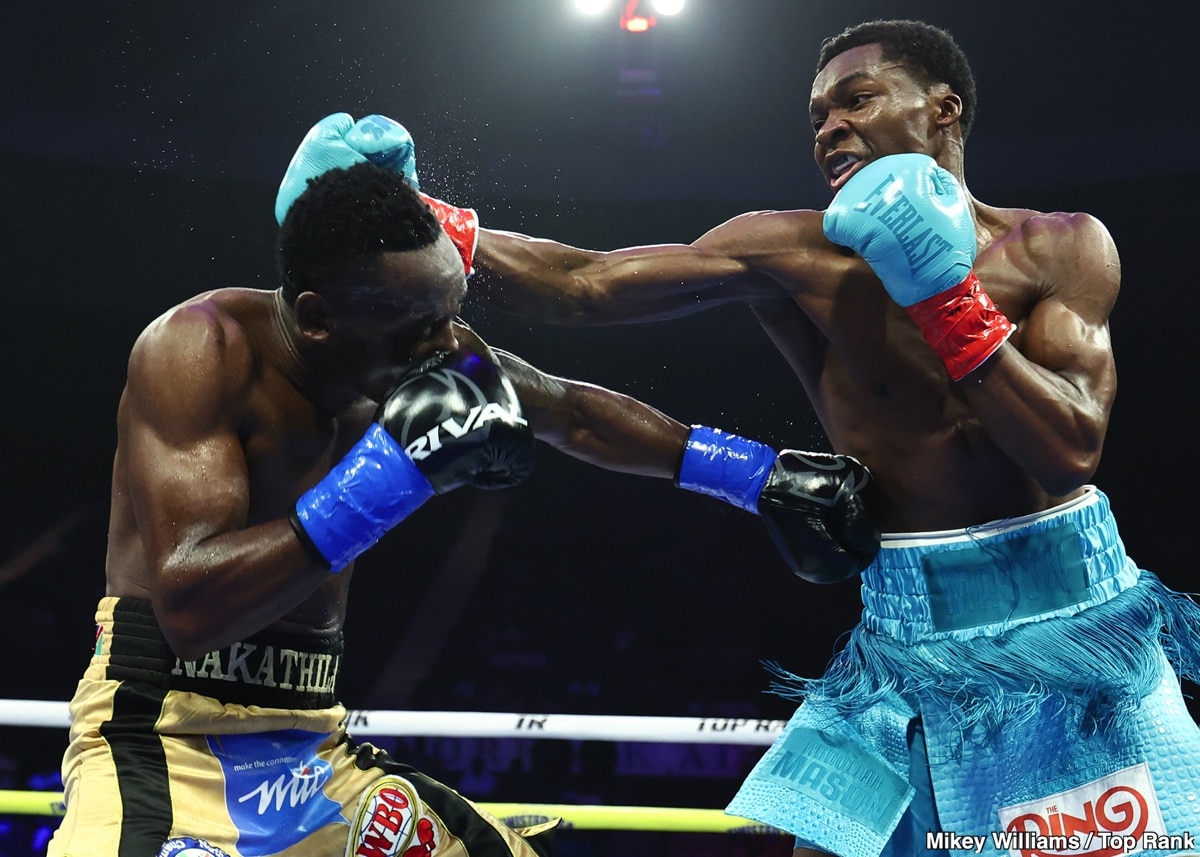;)
Jim Dent, in 2021, at his childhood home in Augusta, Ga.
Audra Melton
The last time I spoke to Jim Dent, native son of Augusta, Ga., was a month before this year’s Masters, aka the Rory McIlroy Dance Party. Jim, in his wooden-driver driving prime, drove the ball about as well as Rory McIlroy. He died on May 2, at age 85.
Jim was a large man with a gentle soul and a generous heart, and he was a legend in Augusta, in certain parts of it, anyhow. You could ask him most anything about golf in Augusta, and on this early-March day I had a specific question for him few others could have answered and maybe nobody.
I wanted to learn something about Charlie Choice, a lifelong friend of Jim’s who later became John Gotti’s driver. Limo driver, though Choice had golf tips for the golfers in the Teflon Don’s circle. He cooked for Gotti, too. When they were young, Charlie Choice was a stick like Jim Dent was a stick.
Dent did not have the gift for pitching, chipping and putting that John Daly had in the 1990s, or that Charlie Choice had in the ‘60s. But Dent did have a long, flowing swing that brought to mind Julius Boros (who came before him) and Eduardo Romero (a successor as a natural-born swinger). There was no hit in Dent’s swing. In the ‘70s and ‘80s, Jim could drive a golf ball with a persimmon driver as long as Jack Nicklaus or anybody else, one fade after another, findable. He was inducted into the National Black Golfers Hall of Fame more than 30 years ago, and not just for his trophy haul on the senior tour. (He had 12 wins on that circuit, none on the regular tour.) The induction was for his life in golf, and for his life, period.
;)
getty images
When pioneering Black golfer Pete Brown, winner of the San Diego Tour stop in 1970, was old and infirm, Jim invited Pete and his wife to live in a house he owned on the outskirts of Augusta, out in the country, where the Dents have owned property for generations. (The family owned Dent’s Undertaking Establishment, and they had high status in Black Augusta. At least parts of Champions Retreat, where the first two rounds of the Augusta National Women’s Amateur is played, was built on land that the Dent family once owned.)
Jim was country like Sam Snead was country. He could kill, cook and eat most anything. He was country strong and played quickly. Describing Dent’s career on the PGA Tour, Pete Brown, old and ill and candid at the time, told me that Dent was an impatient and moody golfer who loved hitting driver on the course and on the range, didn’t practice his short game enough and had lapses in concentration. He made friends wherever he went. “Everybody loves Dent,” Pete told me. Pete was Jim’s mentor.
Jim caddied in the Masters as a teenager — he had Bob Rosburg in ’56. He never played in the tournament and never played the course. He learned about private-club golf by carrying doubles, all through the 1950s, at Augusta National and Augusta Country Club. He told me once how he would walk from his house, through the Country Club course, over a fence, over Rae’s Creek and to the Augusta National caddie shack.
On Tour, Jim’s nickname was “Big Boy,” though there were many people who did not use it. As a kid, Mr. Dent was Boy, in a racist and dismissive way. It was common then. Fix that divot, Boy. As if Boy was your name.I caddied in groups with him in the mid-1980s and it was an honor to get to know him as a reporter. Jim Dent earned what he knew, by way of life experience. He told me about doubling his caddie money, or trying to, in white-owned pool halls in Augusta and racing home with the money in his front pocket.
Jim Dent earned what he knew, by way of life experience.
The term shotgun shack, Dent told me, came from small narrow houses, like the one he grew up in in the Sand Hills section of Augusta, with a front door and, 30 feet on the other side of the house, a back one. If Papa came home and the wrong man was sneaking out the back, it was a straight and easy shot. Not that anything like that ever happened at the Dent home on Porter Street — the Dents were God-fearing people! Jim’s caddying and pool-hall visits were frowned upon. A portrait of Jim Dent, father and son, both golf pros, is a study in pride.
Jim played some caddie-day golf at the Country Club and at the Fort Gordon course in Augusta. In the early 1960s, when Jim was in his early 20s, Blacks were finally allowed to play the city-owned course in Augusta, the one called The Patch. That’s where he got good. The entrance road to the course was later named for him, and for some years his namesake son was the pro there. (Jim Jr. has an older sister, Victoria.) For years, the senior Dent was a regular in the card room at The Patch, playing a rummy card game called Barracuda, a cousin to Tonk. I loved talking to Jim, in person and on the phone, because I could always learn lost-world stuff from him. Sand Hills, in his day, produced secret-legend golf figures like San Pedro de Macorís, in the Dominican Republic, has produced shortstops. Some, out of both places, made it to the show. Jim Dent made it to the show.
;)
Audra Melton
Charlie Choice did not. He went from Augusta to Atlantic City (Dent did the same) where he met Gotti and became his cook and driver. I’m stealing this from myself, from a book coming out next month:
Charlie caddied as a kid and he could make his golf ball sing. Whenever he entered the pro shop at The Patch people said, “Here comes Mr. Golf.” He had the short game everybody wanted. Like Jim, Charlie was from a highly regarded family, kin to the Hornsby family, owners of a prominent Black business in Augusta, Pilgrim Insurance. Charlie was baptized at Cumming Grove, the historic Black church next to the Augusta Country Club. Unlike Dent, Charlie was more interested in cash-on-the-barrel golf than tournament golf. He spent his days on golf courses and at night he worked as a cook and a driver. He had that certain something that John Gotti, head of the Gambino crime family, was looking for.
Gotti loved Charlie, and the guys at The Patch, in the card room, liked to tell about the time Charlie and one of Gotti’s associates went to Pinehurst for some golf and R&R. The two men, the large Black driver from Augusta and his friend-of-the-Don passenger, arrived at their hotel. When they went to register at the front desk, they were told that only one reservation could be found, and it was not for Mr. Choice. Then came the story’s kicker, with belly laughs for its final punctuation: Ten minutes and two calls later, ol’ C.C. was in the biggest suite that hotel had.
My question for Jim, on that March day, was about Charlie Choice and his golf. This is what Jim said:
“C.C. could play. Back in the day, C.C. could play with anybody. But C.C. didn’t like the quiet life. He was more interested in partying at night than playing golf during the day.”
Jim Dent was built differently. He was a church man. He lived in a rambling mansion in Tampa, not meant to be a showpiece, in addition to the properties he owned in Augusta. He was always giving time and money to causes he held dear, keeping close tabs on his grandchildren and, of course, his own children, the two he had with his wife, Willye, a lawyer, and the five they adopted years later. He gave and gave and expected nothing in return. Pete Brown had it right.
Michael Bamberger welcomes your comments at Michael.Bamberger@Golf.com
;)
Michael Bamberger
Golf.com Contributor
Michael Bamberger writes for GOLF Magazine and GOLF.com. Before that, he spent nearly 23 years as senior writer for Sports Illustrated. After college, he worked as a newspaper reporter, first for the (Martha’s) Vineyard Gazette, later for The Philadelphia Inquirer. He has written a variety of books about golf and other subjects, the most recent of which is The Second Life of Tiger Woods. His magazine work has been featured in multiple editions of The Best American Sports Writing. He holds a U.S. patent on The E-Club, a utility golf club. In 2016, he was given the Donald Ross Award by the American Society of Golf Course Architects, the organization’s highest honor.















